The Memory Lane Revolution Hits Travel
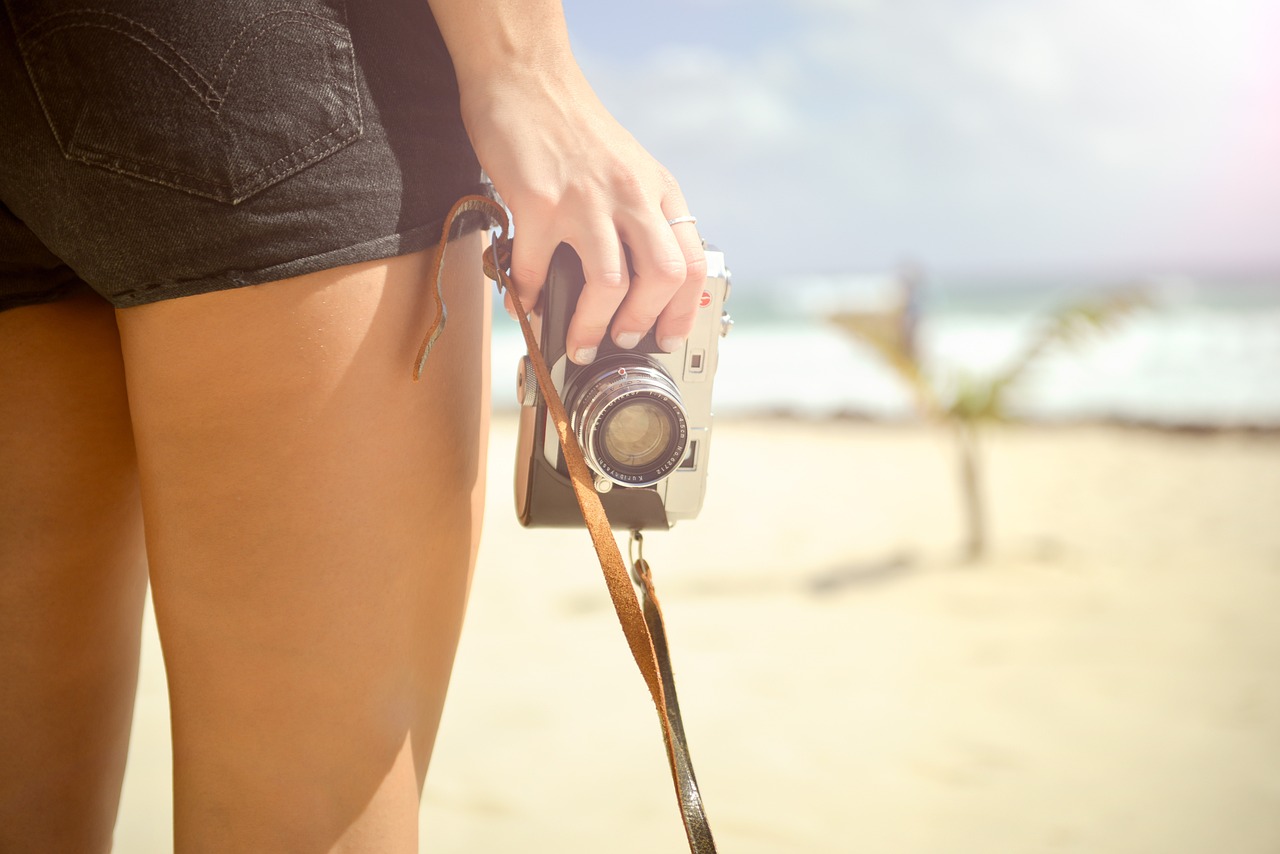
Picture this: You’re scrolling through your social media feed when you see your childhood friend posting photos from the exact same theme park you visited thirty years ago, complete with the same cotton candy stand and carousel that captivated you as a kid. Sound familiar? In 2025, travelers are embracing a longing for simpler times, sparking a surge in journeys driven by nostalgia—a phenomenon known as rosy retrospection. This isn’t just about wanderlust anymore; it’s about heart-lust. People aren’t just seeking new experiences—they’re chasing the ghosts of their happiest memories, turning travel into a time machine that promises to make them feel like children again. The travel industry has noticed this emotional shift, with “Nostalgification” representing a compelling and emotionally resonant travel trend for 2025 that’s transforming how we think about vacation planning. It’s like comfort food for the soul, but instead of your grandmother’s apple pie, you’re booking a flight to recreate the magic you felt watching fireworks at Disney World when you were eight years old.
Statistics That Tell a Powerful Story
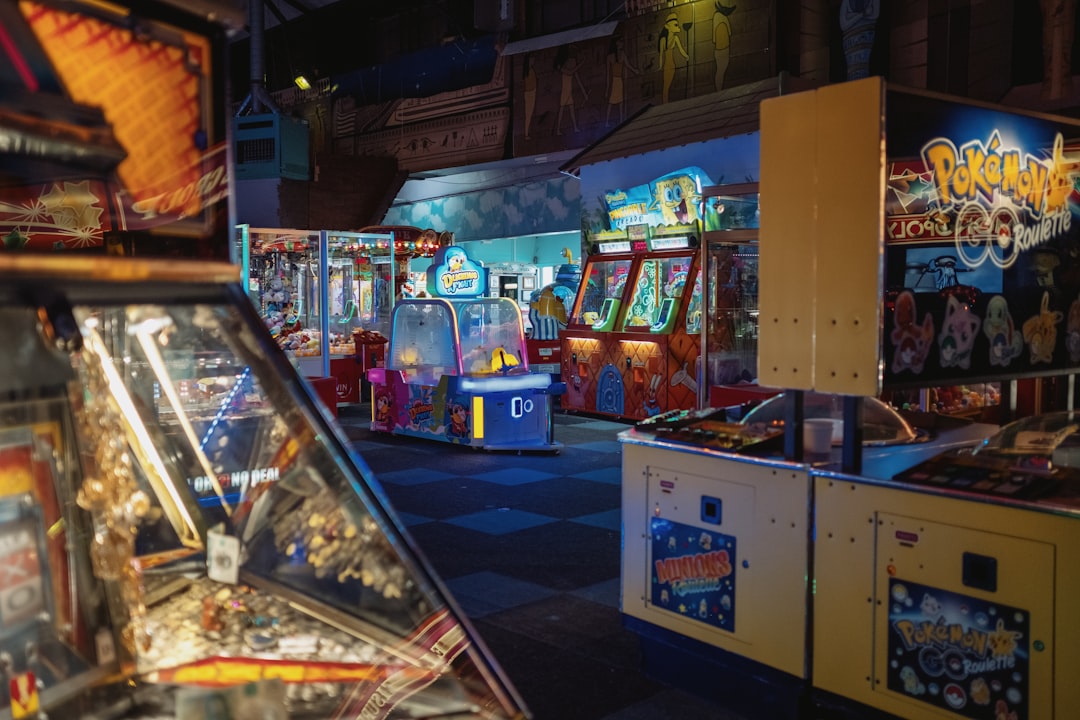
Fifty-five percent of consumers would choose to return to the past if it were possible to time travel, while only 28% would go to the future. That statistic alone reveals something profound about human nature—we’re more drawn to reliving golden moments than creating entirely new ones. Eighty-one percent of young consumers like it when brands bring back products and trends from their childhood, while 80% of Gen Z consumers and millennials are looking for brands that resonate with their nostalgia. Even more fascinating? Thirty-seven percent of Gen Z consumers feel nostalgic for the 1990s even though many were not even born at the time and didn’t get to experience it. This proves that nostalgia isn’t just about personal memories—it’s about cultural inheritance and the romanticization of eras that feel simpler, more authentic, and less chaotic than today’s world. Seventy-seven percent of Americans see nostalgia as a source of comfort when life seems uncertain and challenging, making 2025 the perfect year for this trend to explode.
Disney Magic and the Adult Child Renaissance
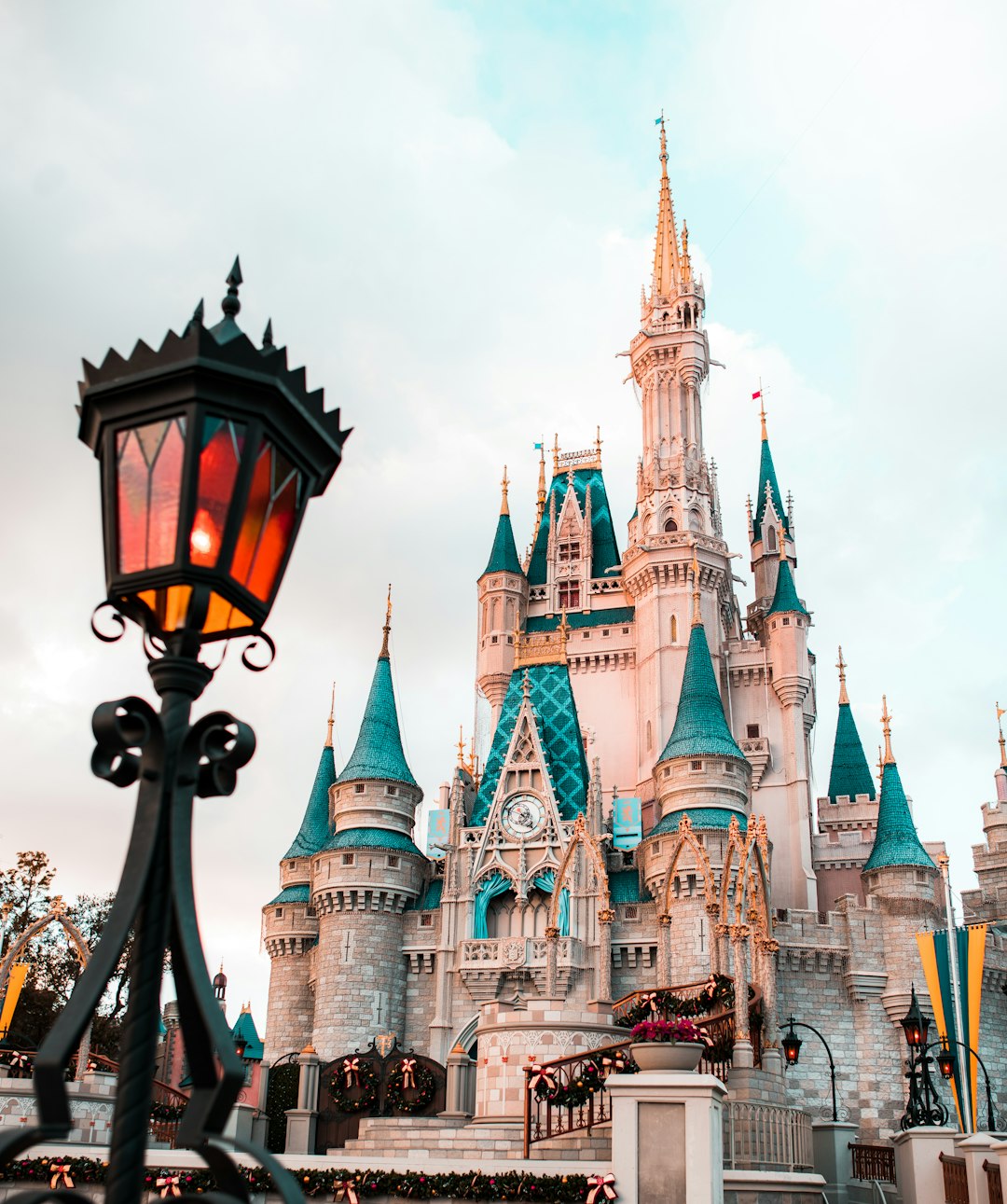
Disney theme parks have become the ultimate nostalgia destination, with Disney’s 12 parks drawing 140 million visitors (34% of global attendance) and holding an unrivaled 34.1% share of global theme park attendance. But here’s what’s really interesting: lately, there’s been a surge of people heading to theme parks like Disneyland and Universal Studios, often as adults and sometimes even with their partners. This isn’t about bringing kids—it’s about adults becoming kids again. Disney’s success, in part, draws on the ability to create authentic nostalgia tourism experiences for its guests. The mouse ears aren’t just accessories anymore; they’re symbols of permission to feel wonder again. These adults are paying hundreds of dollars for the privilege of waiting in line for rides they remember from childhood, and they’re doing it with the same excitement they had at seven years old. It’s beautiful, really—watching grown people squeal with delight on a spinning teacup ride because for three minutes, they’re not worried about mortgages or deadlines.
The Multi-Generational Memory-Making Movement

Forty-seven percent of travelers are now opting for multigenerational family trips, a 17% increase from 2024. This trend is reshaping how families vacation, with over 50% of parents saying they’re planning to travel with both their grandparents and children. Grandparents are becoming the ultimate travel enablers—half of the grandparents pay for multigenerational trips, while 48% share the cost with their children. It’s like watching history come full circle. Seventy-two percent of respondents say their children have expressed interest in traveling with their grandparents, creating a beautiful triangle of memory-sharing where grandparents get to show their grandchildren the places that shaped their own children. These trips aren’t just vacations—they’re living museums where stories get passed down through shared experiences rather than old photo albums.
Retro Hotels and Time Capsule Accommodations

There’s a growing interest in accommodations and attractions that capture the essence of past eras, from vintage-style hotels and train journeys to retro-themed events. Hotels are getting creative with their nostalgia offerings, like The Curtis Denver, which greets guests with chocolate chip cookies and cold milk at check-in, features retro video games and Barbie and Marge Simpson-themed rooms, with each guest floor designed to reflect a pop theme from TV to music to art or sports. A retro hotel is a beautiful thing—it lets you travel back in time as well as geographically, with the minimalist vibe featuring clean lines and bright colors making guests relax into vacation, creating nostalgia for an era they may not have even lived in but still admire. These aren’t just places to sleep; they’re immersive experiences that make you feel like you’ve stepped into a different decade. Imagine checking into a room that looks like it was frozen in 1975, complete with shag carpeting and geometric wallpaper—it’s like staying inside a time capsule.
Food Nostalgia and the Comfort Factor
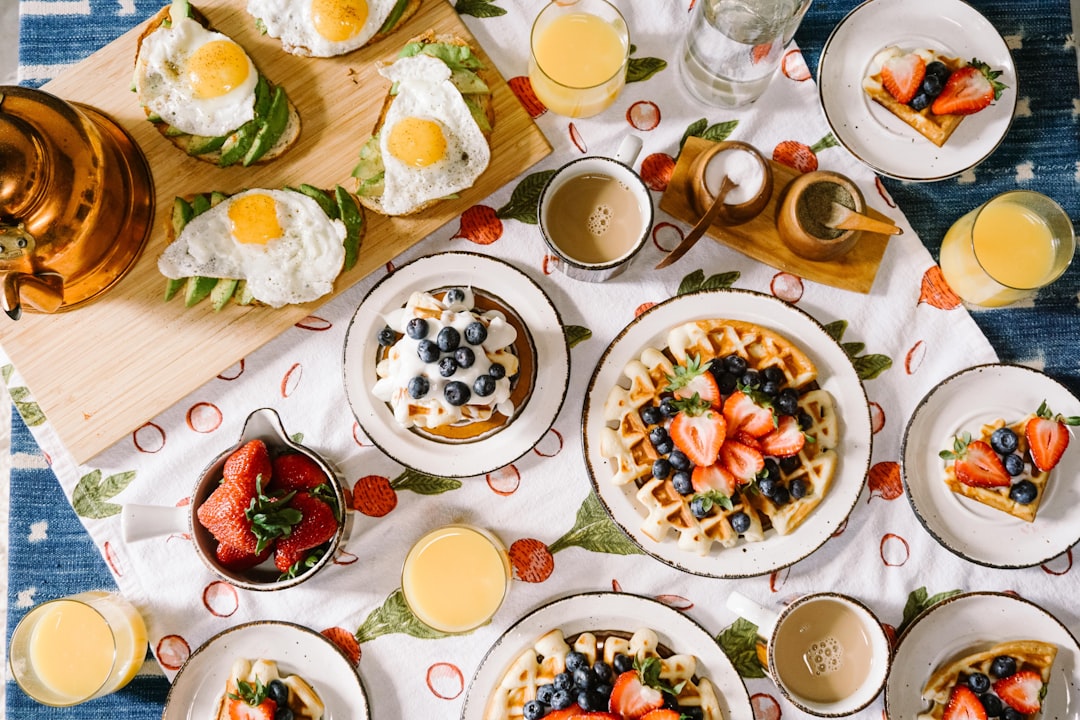
While comfort foods have always elicited positive memories, nostalgic tastes are taking this concept to the next level, with chefs around the world now creating menu items that sandwich together comfort and 90s nostalgia. Hotels are tapping into this trend brilliantly—Tru by Hilton guests have been flipping for pancakes since 2021, evoking nostalgic memories of weekend breakfasts at home, with hundreds of pancakes served at each location every day, and they also feature a classic breakfast cereal bar at each of the brand’s more than 260 locations, with over 70 tons of cereal served at Tru hotels last year. Think about it: when was the last time you had a bowl of Froot Loops? For many adults, these hotel cereal bars aren’t just breakfast—they’re portals to Saturday mornings when their biggest worry was which cartoon to watch. By hotel guest consumption, favorite cereal brands have consistently been Cheerios, Raisin Bran and Froot Loops, proving that some comforts transcend age. It’s fascinating how a simple bowl of sugary cereal can transport a stressed-out business traveler back to their kitchen table in 1995.
Technology Meets Yesterday’s Dreams
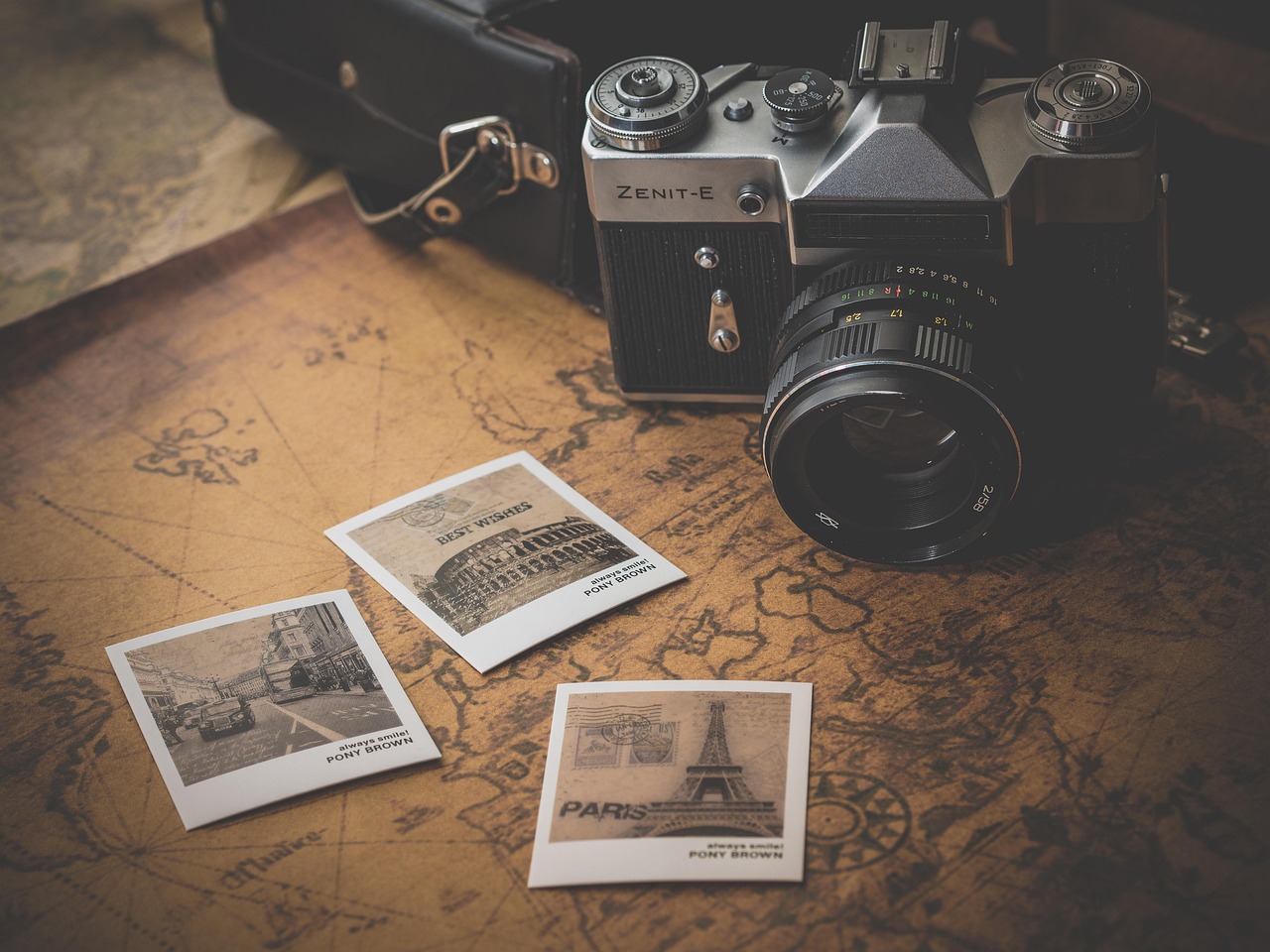
Ultra-decked-out themed guest rooms and suites, inspired by both pop culture entertainment and nostalgia, rose in popularity in 2023 and 2024 and are expected to strengthen in 2025, with Hilton New York Times Square debuting Aladdin’s Time Square Palace suite this year, which received over 500 inquiries the week it was introduced and its Instagram post exceeded all previous engagement activity. Social media is actually fueling the nostalgia travel trend in unexpected ways. Forty-nine percent of families indicate that they’ve decided where to go based on pictures seen on social media, up 10% from last year. But these aren’t just pretty vacation photos—they’re carefully curated nostalgia bait. People are sharing images of themselves at their childhood vacation spots, tagging friends with captions like “Remember when we came here in ’92?” This creates a viral effect where entire friend groups start planning reunion trips to places they haven’t thought about in decades. It’s like social media has become a collective memory bank, and every post is a potential travel inspiration for someone else’s nostalgia trip.
The 90s Revival in Full Swing
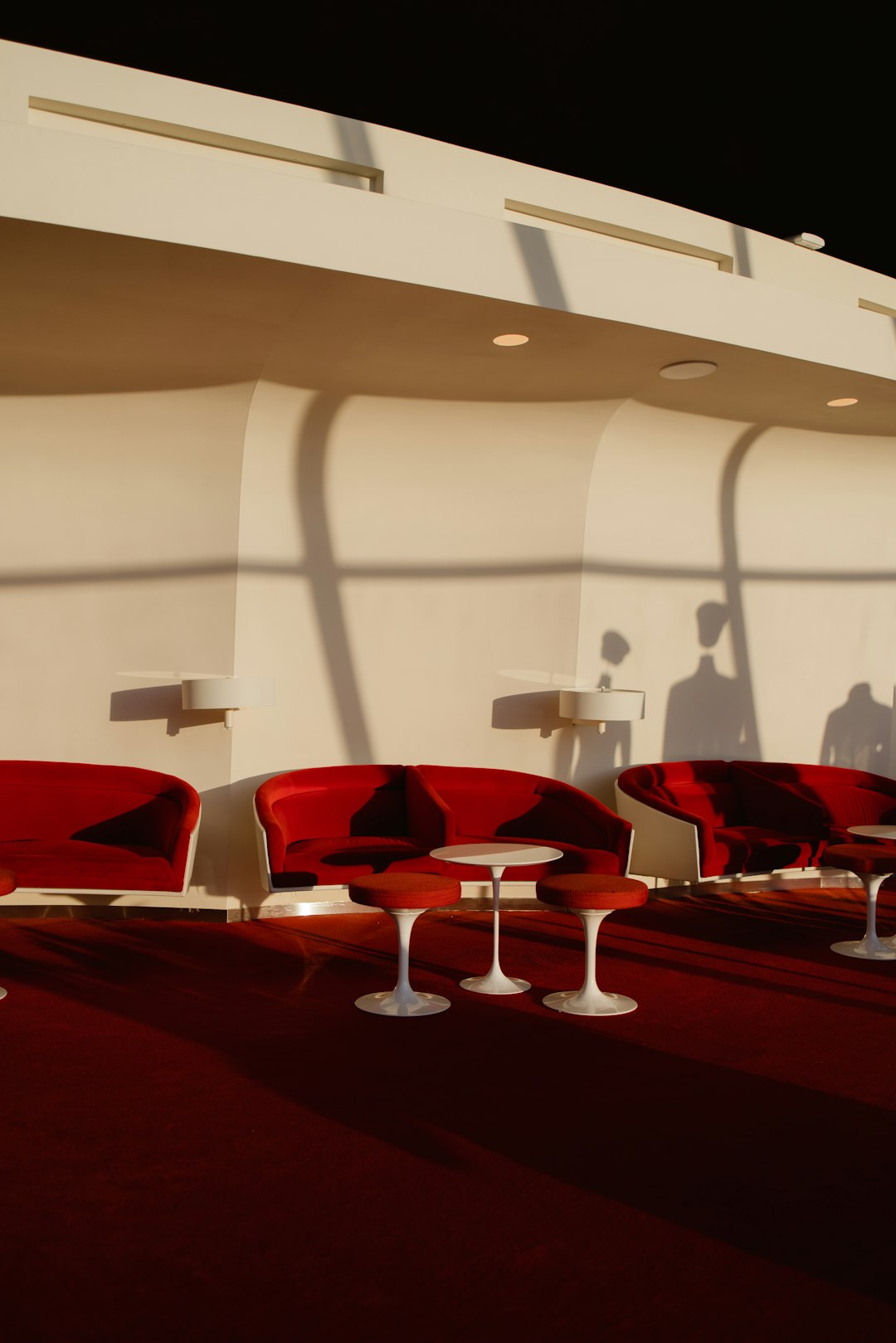
The 1990s have become the unofficial mascot of nostalgia travel, and it’s not hard to understand why. Nostalgia drives travel trends, revisiting past vacations and iconic eras, with the 90s and Roaring Twenties inspiring today’s journeys. The ’90s represent a sweet spot in collective memory—old enough to feel distant and special, but recent enough that millions of people have vivid memories of the era. For many travelers, the ’90s were their childhood or teenage years, a time before smartphones and social media when family vacations meant actually talking to each other in the car for hours. Eighty percent of American Gen Zers would like brands to bring back old aesthetic styles and 74% love when brands produce retro products or content. Hotels and destinations are capitalizing on this by recreating ’90s experiences—think arcade games in lobbies, themed rooms with VHS collections, and restaurants serving foods that defined the decade. It’s like the entire travel industry has collectively decided that 1995 was peak vacation vibes.
Childhood Vacation Spots Make a Comeback
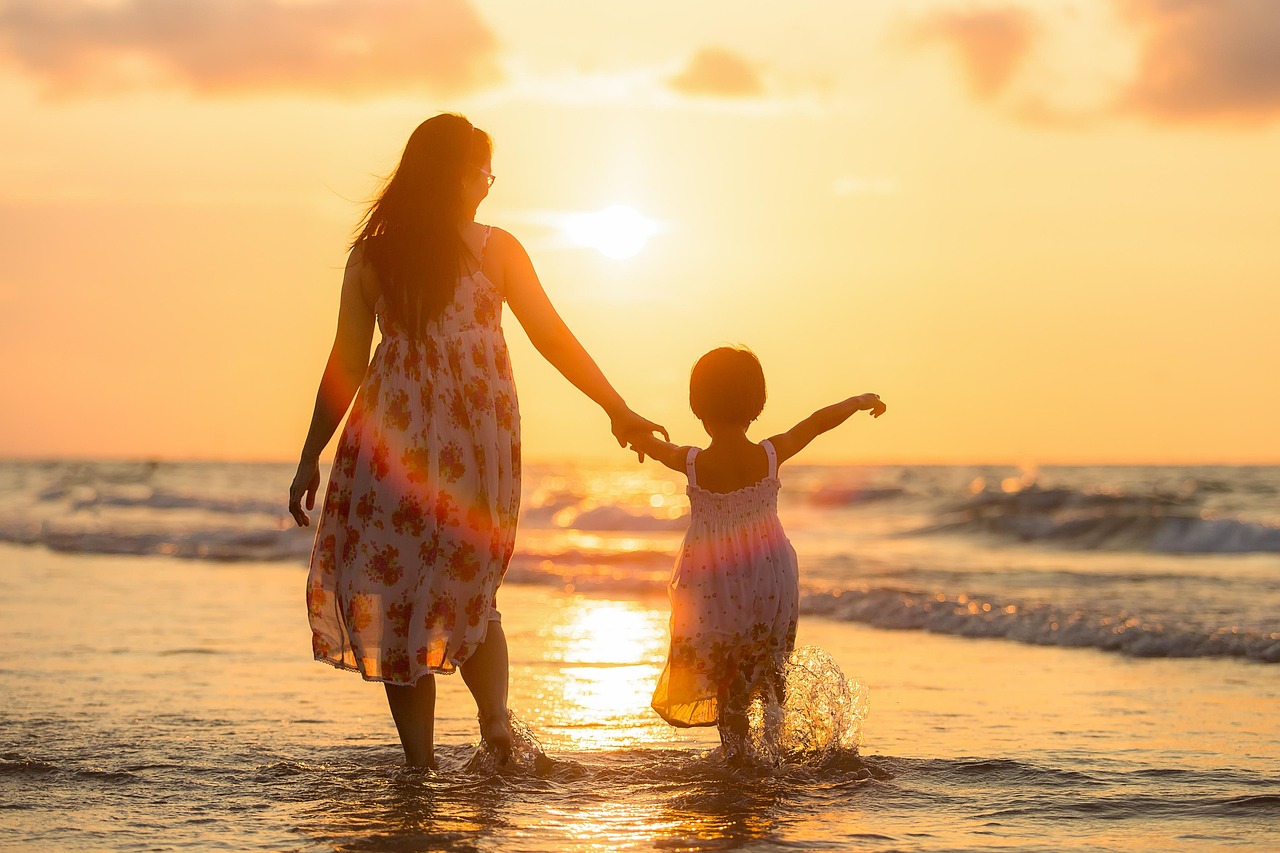
Travelers are returning to places that hold personal significance, such as childhood vacation spots or locations tied to important life events, driven by a sense of nostalgia, seeking to relive fond memories and strengthen personal connections. This isn’t about discovering new places—it’s about rediscovering old ones through adult eyes. The 2023 Booking.com survey found that 88% were planning nostalgic holidays, with trips that evoke childhood memories top of the list for many travelers, from theme parks to the beach towns they visited as children, embracing their old favorites and the good old days. Imagine returning to the same beach house your family rented every summer for ten years, but this time you’re the one paying for it and making the reservations. There’s something deeply moving about standing in the same spot where you built sandcastles as a six-year-old, now watching your own children do the same thing. These trips often become pilgrimage-like experiences where adults reconnect with their younger selves and share those formative experiences with new generations.
The Business of Memory Lane
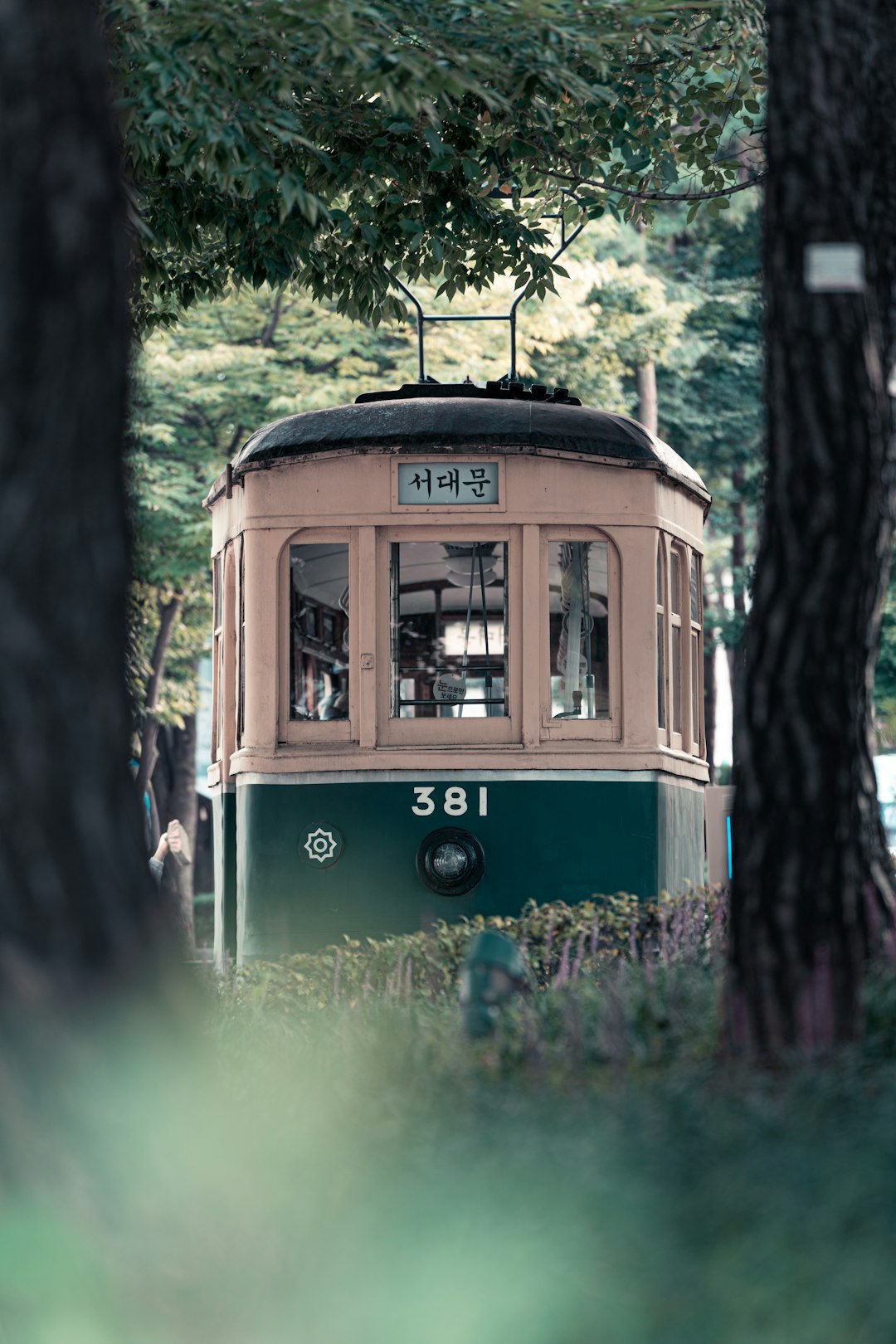
The travel industry has caught on to this trend in a big way, with travel brands positioning themselves as facilitators of “Memory Lane Journeys” by creating travel packages and experiences specifically designed for nostalgic travel, focusing on destinations with strong historical or personal significance. Nostalgia-driven campaigns can expect revenue increases by 3-5% per campaign cycle, making this more than just a feel-good trend—it’s profitable emotional marketing. Travel companies are developing “Memory Lane” travel packages and “Nostalgia Concierge” services that help travelers plan and customize nostalgic trips, incorporating their specific memories and preferences
